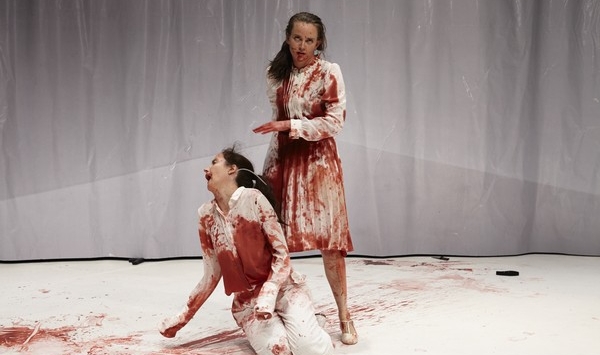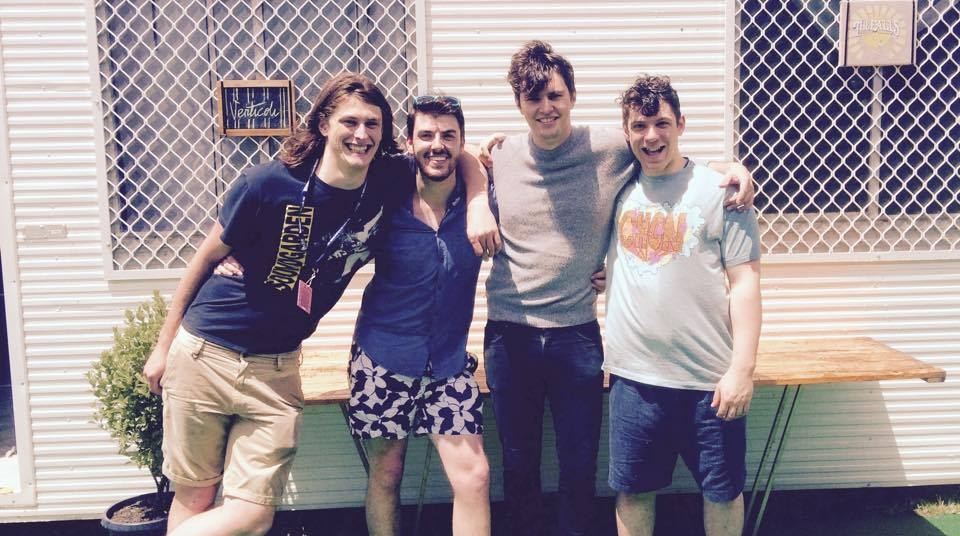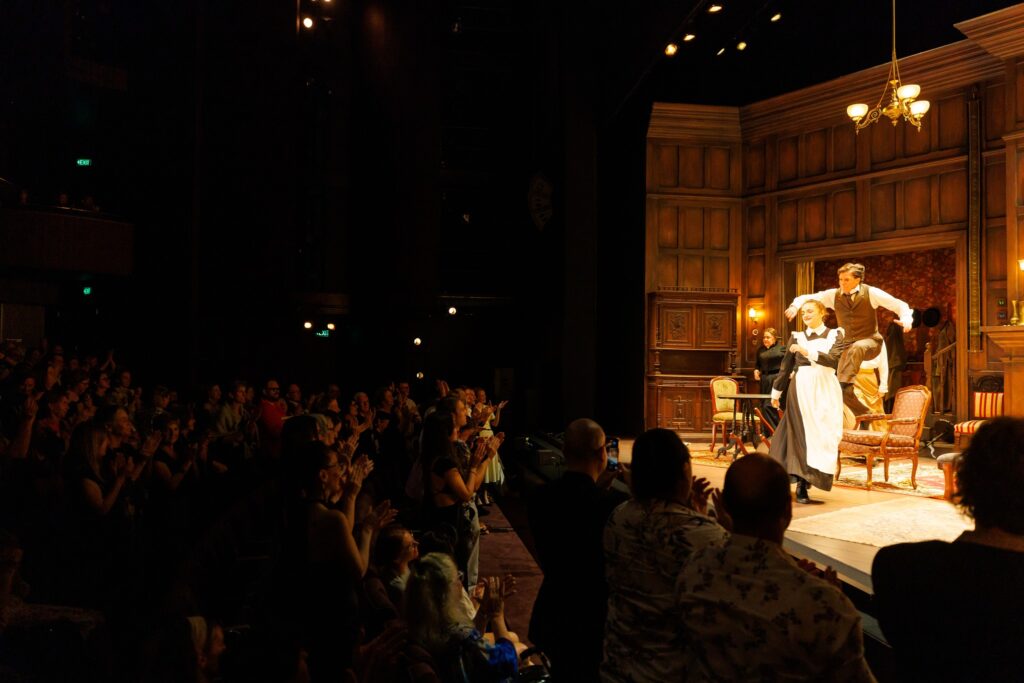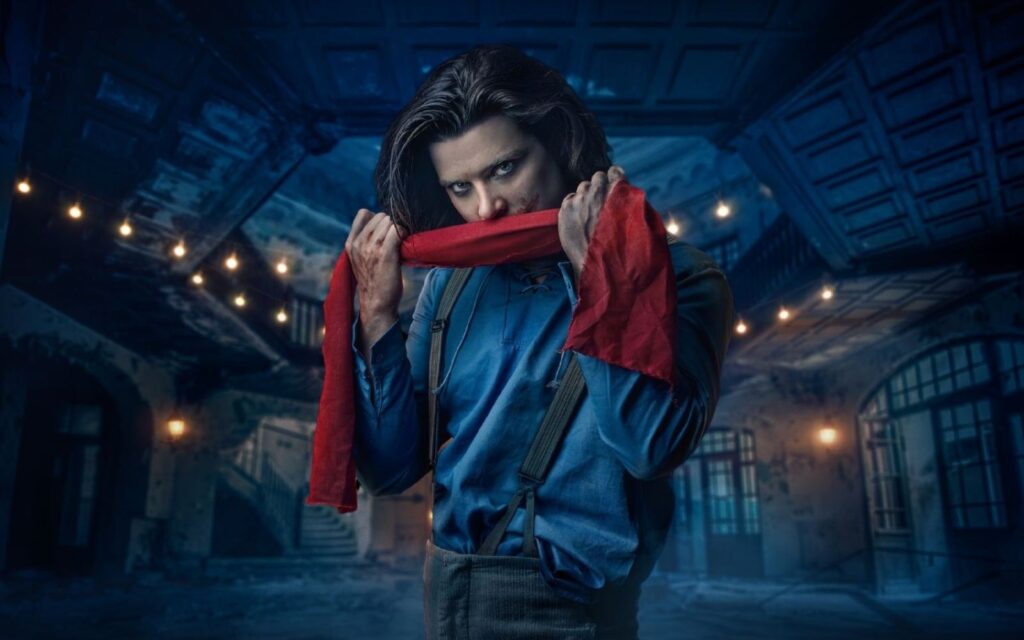“People often say ‘It’s universal,’ and we were like ‘What does that mean?’” says Grigor. “How is it possible that it’s still spoken of in that way? For us the only actual universal thing that exists in this life is death. We will all die.”
Having identified this legitimate universal truth, the pair endeavoured to examine death in a new work of theatre, Oedipus Schmoedipus. And who better to assist them with this task then the revered masters of Western theatre? To put it plainly, Oedipus Schmoedipus extracts the death scenes from several 100 time-honoured classics – appropriating the likes of Ibsen, Chekhov, Shakespeare and Euripides – and throws them together in one messy spectacle. Grigor explains the origins of the immense mash-up.
“Someone at Belvoir [Theatre, Sydney} said to us ‘Would you guys ever do a classic?’” she says. “We thought, ‘If we’re going to do the classics, we wouldn’t just do one, we’d do all of them,’ just because we’re really big fans of impossible tasks and all of our work has elements of the impossible to it. We had to read hundreds of plays. It was interesting. It was hard work, but art is hard work isn’t it?”
Despite the mass amount of research that went into Oedipus Schmoedipus, the play’s appeal isn’t dependent upon the audience’s familiarity with the original texts: “It’s not like Shakespeare in an Hour and it’s not like a game where you’re watching one scene after the other,” explains Grigor. “We’re actually removing the scenes from context. We’re taking away the storylines, the narratives, the characters and just looking at the words in the death scenes and some of the actions in the death scenes. As long as people understand the idea that there are these great works that keep getting referred to, they’ll get something out of the show.”
Nevertheless, Oedipus Schmoedipus does sounds like it could be a mystifying viewing experience. To further grasp the nature of the play, it’s important to note that the lineup of borrowed death scenes aren’t woven together into a novel storyline. As is the case with all of post’s theatrical work, Oedipus Schmoedipus eschews narrative structure. Grigor describes it asmore like “a big messy TED Talk”, which seeks to interrogate several traditions of Western theatre. The play’s fundamental inquiry concerns the ongoing glorification of the so-called classics.
“The question that we have is ‘Why?’” says Grigor. “What would happen if we let it all go? Why do we need to keep apologising or putting a new framework around it so that it’s not irrelevant or racist or misogynist? Why do they have such cultural dominance, especially when so many of those texts are inherited and they’re not actually of or from our culture? They’re not speaking to contemporary concerns, which is our interest.
“We do love theatre,” she adds. “There are things that we don’t necessarily agree with in theatre, but at the same time we wanted to deal with that history – our own cultural ancestry.”
Next monthGrigor and Coombs Marr will bring the death glut to Arts House. Each night, they’ll be joined onstage by a fresh batch of 25 volunteers. The inclusion of 25 unrehearsed outsiders sounds like a recipe for disaster, but Grigor’s confident things will stay on course.
“It’s absolutely the same each night, but with a cast of 25 new people,” she says. “There is spontaneity, because those people don’t know what they’re doing, but we have structured the show so that the same things happen in the same order every night.
“It’s playing with the idea of theatre and live-ness and performance and training and putting all these things in question,” she continues. “We don’t have to do very much to allow for strangeness. A lot of people come who’ve never been on a stage, so they behave strangely in that context, but they are still following a strict structure. It’s like a game – the game has rules but within that people will be themselves.”
The decision to work with a cast of volunteers wasn’t brought about by practical restrictions. Rather, this ploy relates to another examination of theatrical customs.
“We’re trying to problematise the space of the stage,” says Grigor. “We’re saying ‘Who gets to stand up here? What training do you need to be listened to in this space? Why do we listen to one type of person and not another? What types of people are we looking at on our stages? What types of ethnicities are we looking at in our major productions?’ They’re the questions that we have when we look at the Western theatrical canon. Because nearly all the plays are written by straight white men, a lot of the power structures follow those kind of people.”
Oedipus Schmoedipus is certainly a novel concept, and Western theatre’s conservative traditions are worth picking apart. But it sounds like a weighty evening’s entertainment.
“It’s a funny show,” Grigor reassures. “It’s not quite as serious as the subject matter might imply. It’s really making fun of some very serious things.”
BY AUGUSTUS WELBY







